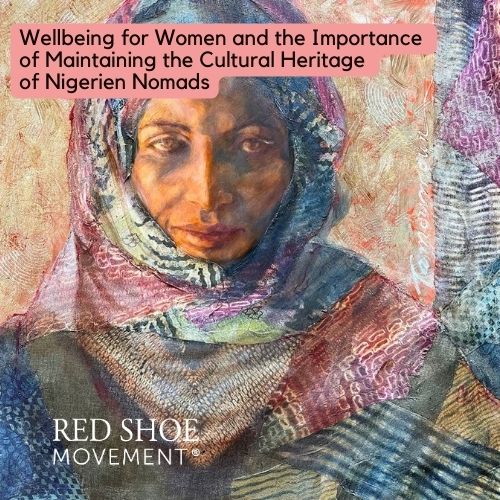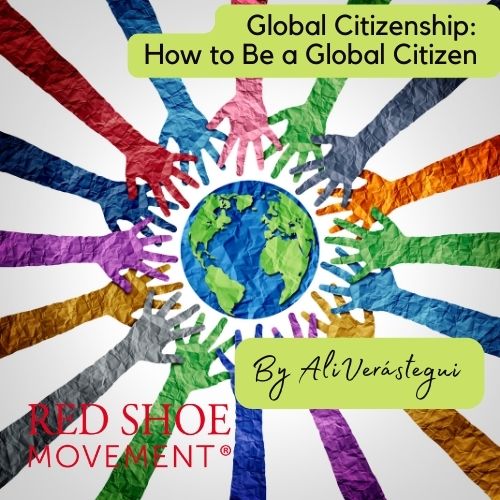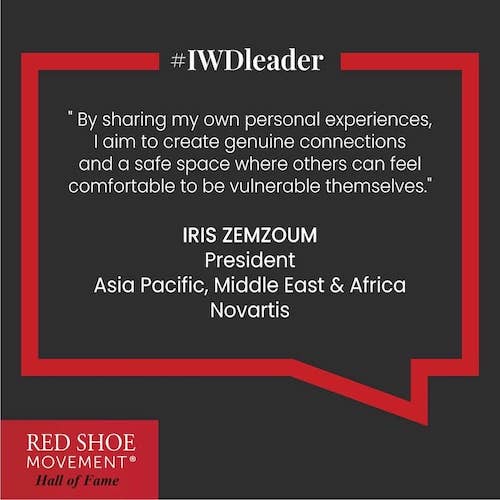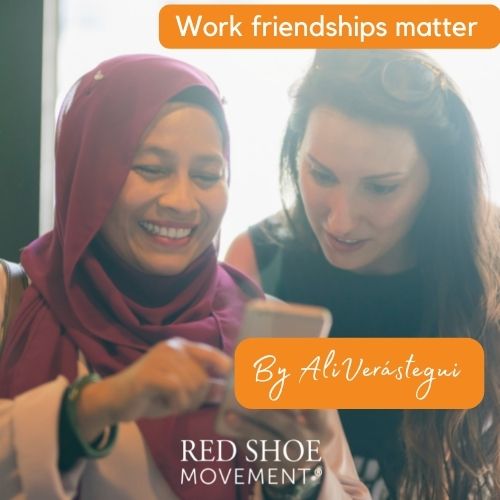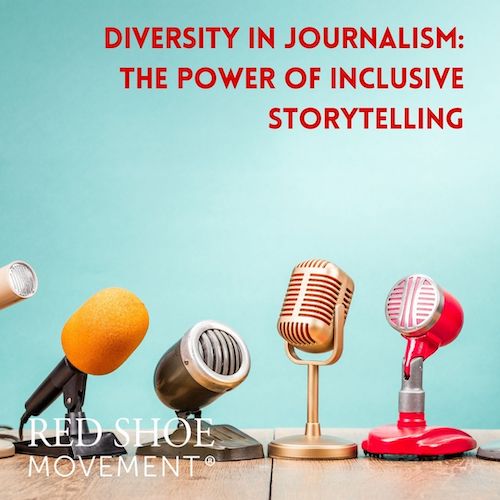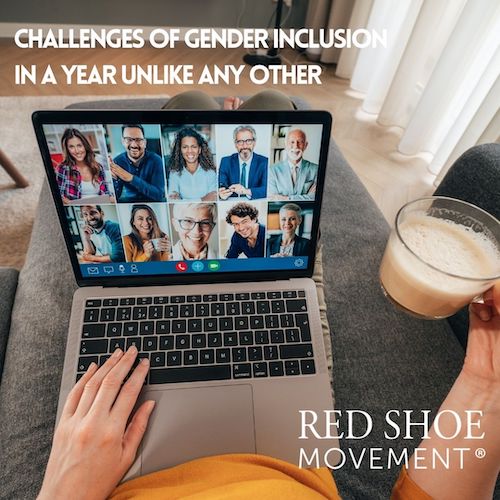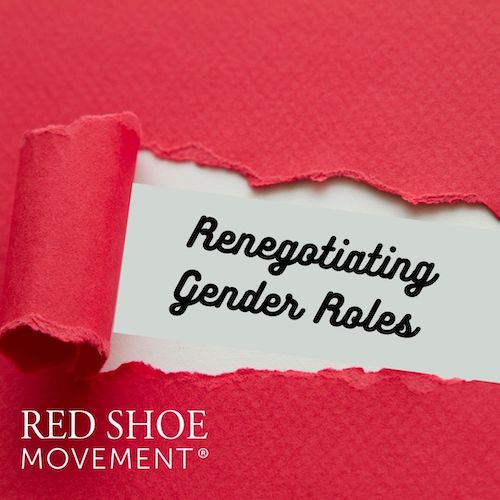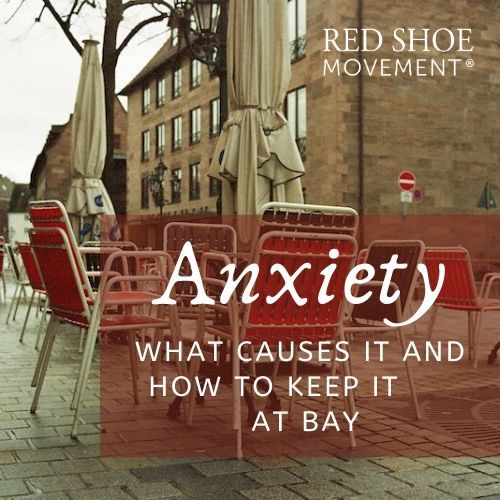Communication with Confidence
I’m 19 years old and have lived in eight different countries on two different continents. Although I was born in Austria and both my parents are filled with Austrian blood, there’s not one country that I would call home. I may still have a lot of other things to learn but if there’s one thing I’ve mastered it’s the art of intercultural communication. I’ve obviously made my fair share of mistakes and wanted to be gobbled up by the ground, but with each misstep I learn and feel more confident in my ability to communicate better. This post is my attempt at trying to shield you from that same kind of embarrassment.

Failing at Intercultural Communication
The other day, I was having a coffee with a group of friends among whom was Juan (not his real name). Juan, who’s Peruvian, and I were talking about the grades that we had just received and he told me he did well, while my other friends did average. I told Juan that he had reason to be proud of himself. Now, instead of saying a simple “thank you”, Juan turned the color of a tomato and was visibly uncomfortable. I was speechless. What was meant as genuine praise to my friend, ended up creating an awkward situation for everyone involved: Juan was embarrassed and I was stunned to silence.
I had absolutely no idea what was going on and why I made my friend so uneasy. Has that ever happened to you? Because I can tell you, that’s not the first time something like that has happened to me. As if the universe heard my prayers, I was given an intercultural communication course that revolved around exactly what I wanted to know: why my comment made Juan want to be swallowed whole.
What is cultural diversity and how to make it work
What is it?
According to the definition of Oxford reference, intercultural communication is “an umbrella term for the interaction between people from different cultural or subcultural backgrounds”. In simple terms, it’s how people from different cultures communicate. That’s usually what causes so many issues between people from different backgrounds and can be the cause of stereotypes, prejudice, and discrimination.
But what makes intercultural communication so difficult? I mean, communication should be easy especially if we interact in the same language… right? The answer to that question is absolutely not. Just because we speak the same language, doesn’t mean messages are received in the same way that they were intended.
So, the first question that we have to ask ourselves is how good are our communication skills?. Once we have mastered our own communication skills, we can then move on to understanding why intercultural communication is such a problem.
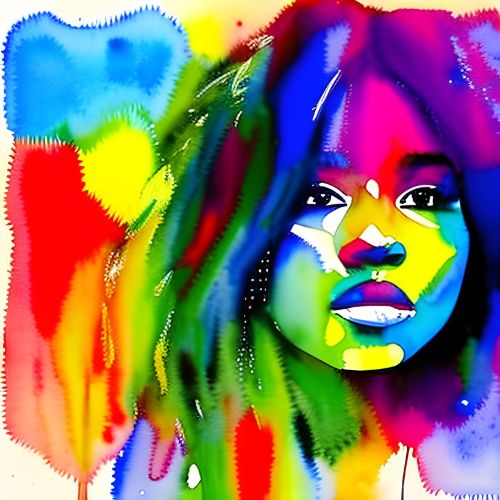
What Makes it Such a Hassle?
Firstly, intercultural communication involves individuals from different cultural backgrounds who may have different values, beliefs, norms, and ways of communicating so the cultural barriers are really the things that we have to break down. These barriers can include language, social norms, non-verbal communication, and varying cultural expectations. All of this can lead to misunderstanding, confusion, and frustration.
Another reason why intercultural communication can be difficult is that individuals from different cultures may have different communication styles. Some cultures may value direct communication, while others, may prefer indirect communication. This can lead to some cultures reading between the lines where there is actually nothing to read.
Another complication is the rise of cultural stereotypes and biases. Stereotypes and biases can lead individuals and whole groups to make assumptions about others based on things they’ve heard or seen.
Finally, it’s important to recognize that intercultural communication is a two-way street. Both parties involved must be willing and excited to learn about each other’s cultures, be open-minded, and adapt their communication styles to ensure effective communication. Needless to say, this isn’t always the case as individuals may be resistant to change or may hold onto their cultural beliefs and values, making intercultural communication a hassle.

How Can we Communicate with Confidence?
To solve intercultural communication issues, we first need to review the theories of the two visionaries that birthed intercultural communication. One of them is Geert Hofstede (from the 1980s) and the other one is Erin Meyer (from the 2010s). Both of them have identified different but yet similar dimensions to help them explain cultures.
Starting with Hofstede, his cultural dimension theory (which I suggest you take with a grain of salt because it’s a bit outdated) relies on six different dimensions:
- Individualism (personal goals are achieved first) versus collectivism (the groups’ goals are achieved first)
- Masculinity (competitive society focusing on material rewards) versus femininity (a society looking to improve quality of life)
- Short-term orientation (a society that preserves traditions and lives in the present) versus long-term orientation (a society that focuses on the future)
- Uncertainty avoidance (the degree to which a society can understand that the future is unknown)
- Power distance (the degree to which people lower down in the “food chain” know and accept that power is distributed unequally)
- Indulgence (giving into desires) versus restraint (curbing desires)
Hofstede claims that with solely these six dimensions, he can explain why a culture acts in a certain way. Let’s take my home country, Austria, as an example. Hofstede claims that Austria has low power distance and high individualism, masculinity, uncertainty avoidance, long-term orientation, and indulgence. Now you may ask, how does that help me with intercultural communication? Well, let’s take a closer look: we are said to have low power distance, which means that we are not a very hierarchical society. Hence, our communication is very frank and blunt because we want to make democratic decisions and that fast. We are also more individualistic which means we want to achieve our own goals first and not beat around the bush – direct communication without reading between the lines is favored. So, the next time you talk to an Austrian, keep these thing in mind and don’t take it personally if we are too direct.
The second visionary is Erin Meyer (please take also these these with a grain of salt since they’re just approximations, just like Hofstede’s), who proposes eight different dimensions:
- Communication (low-context versus high-context)
- Negative feedback (direct versus indirect)
- Persuading (concept first versus application first)
- Leading (egalitarian versus hierarchical)
- Deciding (consensual versus top-down)
- Trusting (task-based versus relationship-based)
- Disagreeing (confrontational versus avoids confrontation)
- Scheduling (linear versus flexible)
I like Meyer’s dimensions much more because they fit better into our modern society. Again, let’s take Austria as an example. We are a low-context country, which means we focus on direct communication, which is why we also give direct negative feedback in a diplomatic, but honest way. We also prefer to be confrontational because we want to get the problems out of the way and discuss them right there, right then.

How Can we Master the Art of Intercultural Communication?
With the following three simple steps you can master intercultural communication:
1 Learn about different cultures. It’s as easy as sitting down with a stranger from a different culture and just chatting about what you know about each other’s culture. That can be anything starting from food all the way to dance rituals. Explore different angles and gain as much knowledge as possible because ultimately knowledge is power.
2 Learn to adapt. I know it’s easier said than done. To adapt to a different culture when you’re so adamant about retaining your own culture is not easy. However, since it’s a two-way process, one of you has to start the process, and why shouldn’t be you if you know the theory behind it now? Focus on understanding what you can improve in your communication and try to apply Hofstede’s and Meyer’s dimensions to help you understand where the other person is coming from.
3 Go out there and make mistakes. You will never learn if you don’t take a step into the outside world and put your new communication skills to use. Full disclosure: you’ll absolutely make mistakes and you will sometimes feel like a fool just like I did with Juan. However, because you have made those mistakes, in the future, you are sure to not make the same ones because you will have learned from the past.
These three steps may seem insignificant and silly, but at the end of the day, intercultural communication is a piece of cake. Sometimes, it might be a small little cupcake but other times it might be a four-tiered wedding cake. Whichever cake it may be, you have now the full skill set ace intercultural skills. The only thing left for you to do is to go out, sit in a coffee house, order your staple drink, turn to the person next to you, and talk. What are you waiting for?




























































